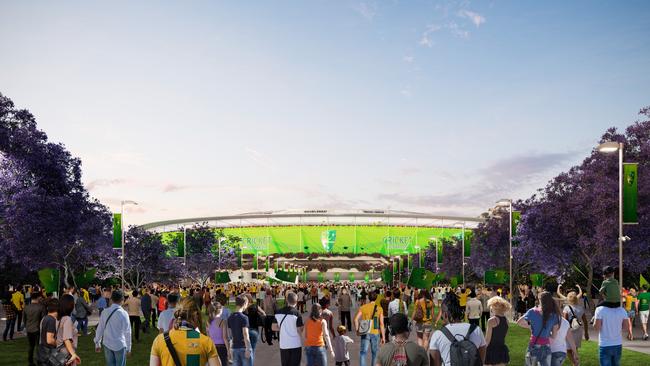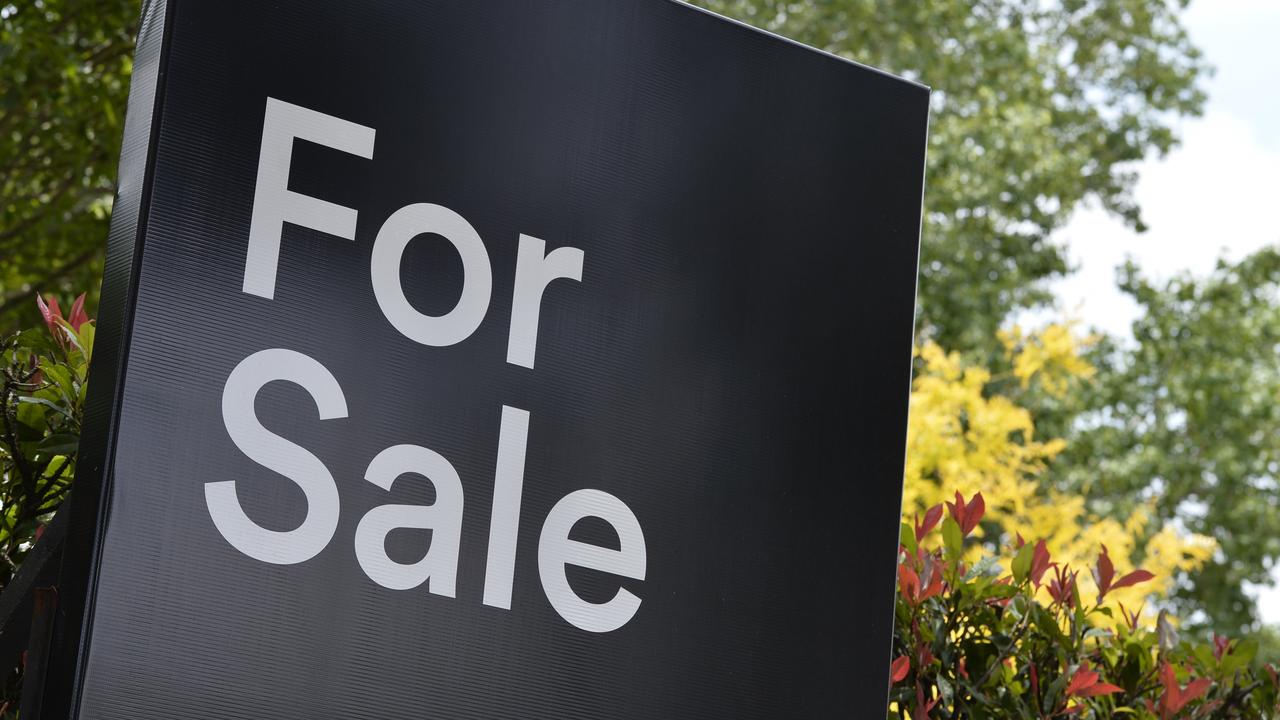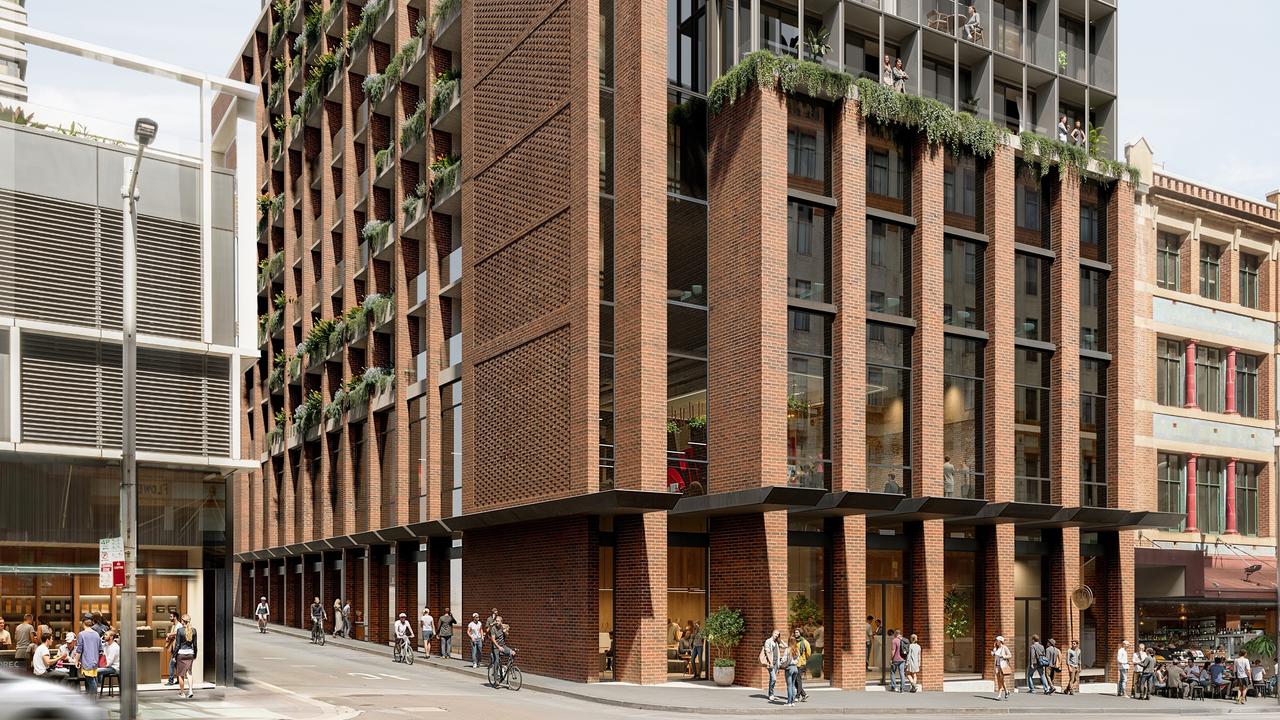Olympic endeavours: Why South East Queensland mustn’t squander a once in a lifetime opportunity
The 2032 Olympic Games in Brisbane risk being devoured by the Australian pastimes of sports politics and development blow outs.

Exactly one year ago, I argued in this column that no place in Australia faces a brighter future than southeast Queensland. No region in Australia has a better chance of getting the infrastructure it needs. The reason for this is the Olympic Games. This catalyst event brings infrastructure spending from the future into the present.
The best way to build infrastructure is to build it and they will come approach. Building infrastructure for future residents into areas that still need to be developed is cheaper, faster, and less bureaucratic than building infrastructure into densely populated areas.
Unfortunately, Australia has approximately 20 years’ worth of infrastructure backlog. This means that to build it, and they will come approach, is all but impossible. Let’s take Melbourne as an example. Population in the western suburbs grew at a much faster rate than infrastructure was developed. It is now impossible to build infrastructure on to greenfield development sites in the north and the east of the city because the voters of the western suburbs would destroy any party suggesting such developments.
Melbourne is now forced to build expensive infrastructure into already developed areas. That is unnecessarily expensive, and development takes longer. Until Melbourne caught up with its infrastructure development (that obviously will never happen) the build it, and they will come approach to infrastructure is all but impossible. If only there was another way.
Along comes the Olympic Games in southeast Queensland. Sure, sometimes host cities are left with nothing but useless ruins. The Athens and Beijing Games are examples of this.
If handled competently, the Games can improve the destiny of a region for decades to come. Barcelona and Munich are as such examples.
Let’s look at my hometown of Munich a bit more closely. The city was bombed out after the end of World War II. When Munich received the go ahead to host the 1972 Olympics, the city decided it was appropriate to rebuild the small metro system underneath the historic Munich city centre. We are talking about a small and geographically concentrated area.
The mayor of Munich was a bit of a sly fox and realised that if they extended the small metro system into the Bavarian hinterland, he could secure additional federal funding. The additional train lines connected small villages with the one million residents of Munich back in the 1960s. This was seen as pointless infrastructure. After all, who cared if the few farmers could travel to Munich more comfortably?
Nobody in Bavaria complained, though, since federal money is always welcome – some things are the same wherever you go. Build it, and they indeed did come. To this day, 60 years after these train lines were built, they still make up the skeleton along which the whole of lower Bavaria is developing.
Back to southeast Queensland. If the games were managed correctly, additional infrastructure spending will improve connectivity between the Sunshine Coast, Brisbane, the Gold Coast, and even Toowoomba. Local mayors won’t like hearing this, but a well-connected SEQ could function as a single megacity.
The connectivity of SEQ would be better than what Melbourne or Sydney have to offer.
This region would have three international and one national airport, better connectivity between the relevant hubs, and more sunshine. This wonderful view of SEQ however assumes that infrastructure is being built now and in time for the Games. Infrastructure that won’t be finished for the games, or that will be too expensive, will not be funded by the Commonwealth.
After reading recent news about the cost blowout of the Gabba, I fear SEQ might squander a once in a lifetime opportunity. The proposed traffic and sporting infrastructure in the region will be used after the Games.
The proposed developments have all the chance to make Brisbane and the whole of SEQ into a premiere global city and improve the liveability of the region. It is crucial that the whole region works together to deliver projects on budget and on time.
The window of opportunity is closing faster than many might think. Build it now and they will come.
Build it too late, or deliver the first few projects way over cost, and funding will dry up. The 2032 Games will be a wonderful success either way, but as a demographer and urban geographer I am not concerned about a few wonderful weeks of athletic excellence but rather the permanent improvement of the urban environment – nothing is lost just yet, but I am seeing the old Australian problems of politicising infrastructure and blowing out development costs rearing its head.
Simon Kuestenmacher is co-founder and director at The Demographics Group






